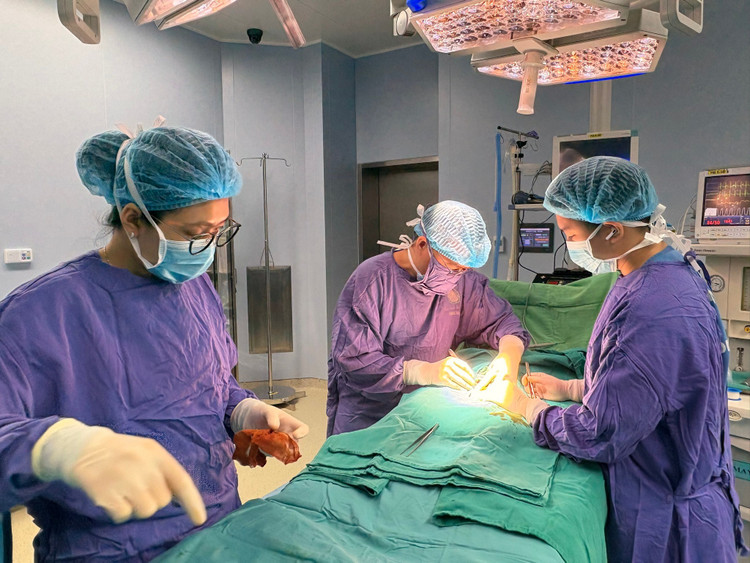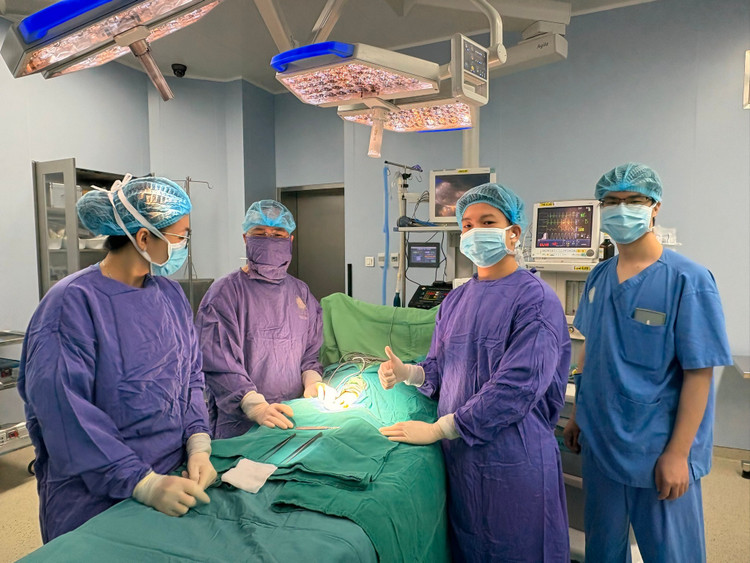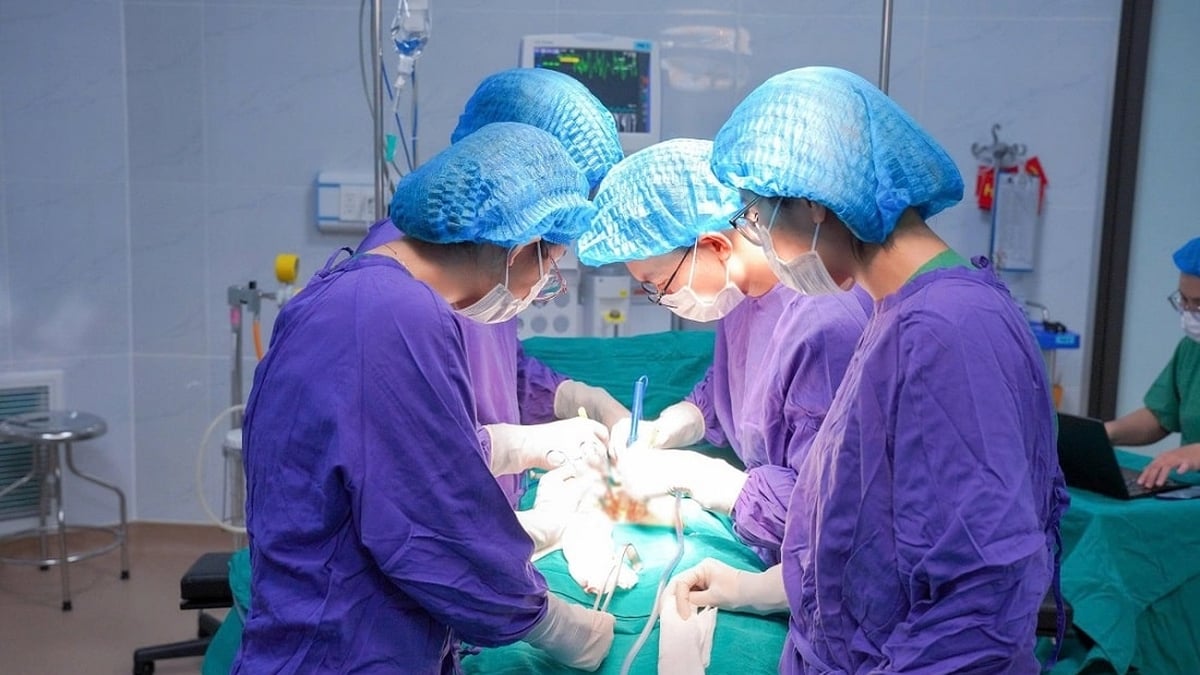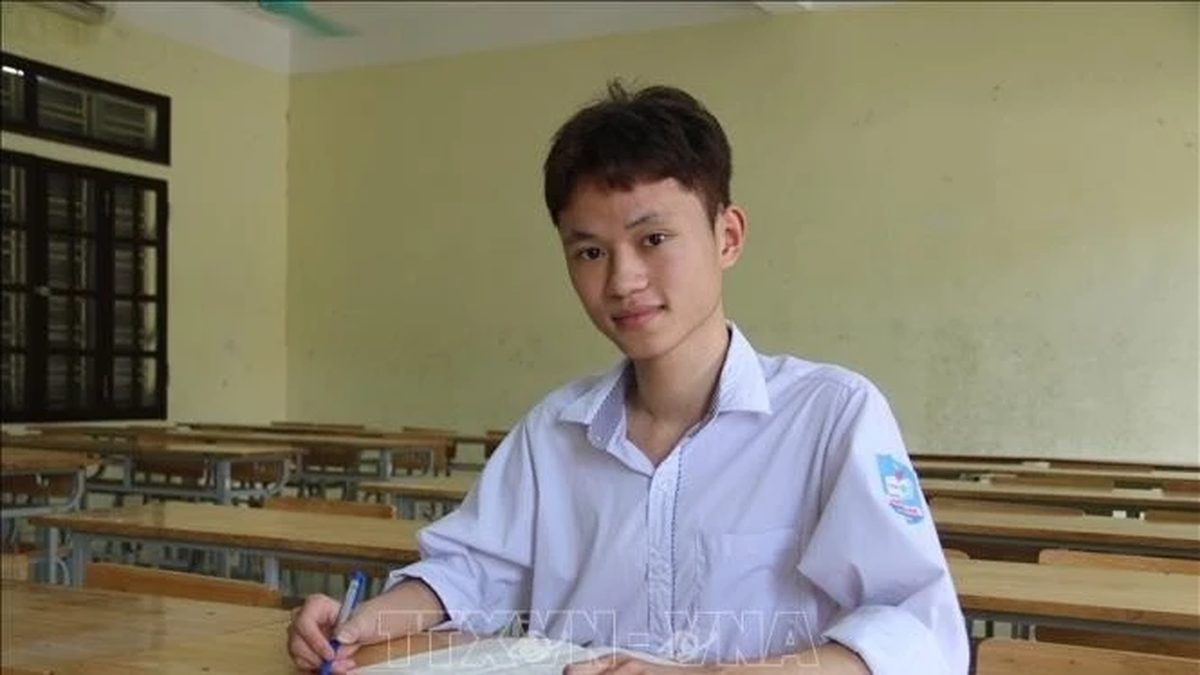If you notice that your child’s penis looks unusually short, is difficult to expose, or has a foreskin that won’t retract during cleaning, be concerned. This could be a sign of buried penis with phimosis – two common conditions in children, especially in overweight boys.
These problems not only cause difficulty in cleaning but can also lead to serious complications if not treated promptly.
Fortunately, modern surgery can safely correct both conditions, with advanced techniques that preserve skin, ensuring aesthetics and function.

What is buried penis and phimosis?
Buried penis is a condition in which the penis is "sunk" into fatty tissue in the pubic area or scrotum, making the penis appear shorter or almost invisible when standing or lying down. This condition is common in infants, obese children, and sometimes in adults with fatty tissue accumulation.
Phimosis occurs when the foreskin is too tight to be pulled back to expose the glans, making it difficult to clean and prone to infection. When a child has both problems, the risk of urinary tract infections, painful urination, or psychological effects (such as low self-esteem) increases significantly.
Parents should pay attention, if your child has an abnormally short penis, an intractable foreskin, or frequent redness, swelling, or difficulty urinating, take your child to a urologist - andrologist immediately.
Surgery: Safe solution with skin-preserving techniques
Surgery for children with both buried penis and phimosis requires meticulousness to solve both problems while ensuring that there is no skin loss after surgery, bringing about optimal aesthetic and functional results. Doctors usually perform surgery in one or two stages, depending on the specific condition of the child.

Step 1: Free the penis, bring back the natural shape
To treat buried penis, the doctor will free the penis from excess fat or skin in the pubic area. In obese children, excess fat can be removed by direct excision or gentle liposuction. The penis is then secured into its natural position using connective tissue, such as the penile suspensory ligament, to prevent the penis from "burying" back.
The key is to preserve the pubic or scrotal skin for reconstruction. Advanced plastic techniques such as Z-plasty or VY plasty are used to stretch and redistribute the skin locally, ensuring penile coverage without causing tension. These methods reduce the risk of unsightly scarring, giving the child a natural appearance.
Step 2: Cut the foreskin skillfully
After freeing the penis, the doctor will treat phimosis by removing the narrowed skin. Rather than removing the entire foreskin, a minimally invasive technique is preferred to retain as much skin as possible. Instruments such as the Plastibell clamp (common in children) or the Gomco clamp help control the exact amount of skin removed, avoiding removing too much skin and causing a deficiency.
Cosmetic sutures are an important factor. The doctor uses absorbable sutures and continuous suture techniques to help the incision heal beautifully and minimize scar contracture.
In rare cases where there is insufficient skin, the doctor may consider using skin from the scrotal area or a biological membrane such as collagen to aid in regeneration, but this is often not necessary thanks to modern skin preservation techniques.
When treating both conditions, doctors usually treat the buried penis first to assess the amount of skin available, then perform circumcision.
Before surgery, the skin is carefully marked to determine what to keep and what to remove, ensuring that too much skin is not cut off.
This technique requires an experienced doctor to plan precisely, avoiding skin deficiency leading to tightness or unsightly scars.
How to avoid skin loss?
To ensure good surgical results, the doctor applies the following measures:
Careful preoperative evaluation: Determine the elasticity and amount of skin in the genital area of the child. For young children, the doctor considers the age and the degree of penile burial to decide on one- or two-stage surgery.
Skin-sparing techniques: Prioritize methods such as Z-plasty or minimal circumcision to retain as much intact skin as possible. Avoid removing too much pubic fat, as this is an important source of skin.
Post-operative care: Use a light compression bandage to reduce swelling, and apply antibiotics or creams to promote healing. Parents should ensure their child avoids strenuous activity for the first 4-6 weeks to prevent skin stretching.
Although this surgery is generally safe, complications such as skin loss, scar contracture, infection, or reburial of the penis can occur. To minimize these risks, your surgeon will use precise suturing techniques, control bleeding with electrocautery, and may prescribe prophylactic antibiotics.
For obese children, parents should encourage them to lose weight to prevent fat tissue from accumulating again, reducing the risk of relapse.
Dr. Pham Duc Manh (Department of Andrology, 108 Central Military Hospital)
Source: https://khoahocdoisong.vn/bien-chung-nghiem-trong-do-vui-duong-vat-hep-bao-quy-dau-post1553034.html




















































![[Maritime News] More than 80% of global container shipping capacity is in the hands of MSC and major shipping alliances](https://vphoto.vietnam.vn/thumb/402x226/vietnam/resource/IMAGE/2025/7/16/6b4d586c984b4cbf8c5680352b9eaeb0)













































Comment (0)